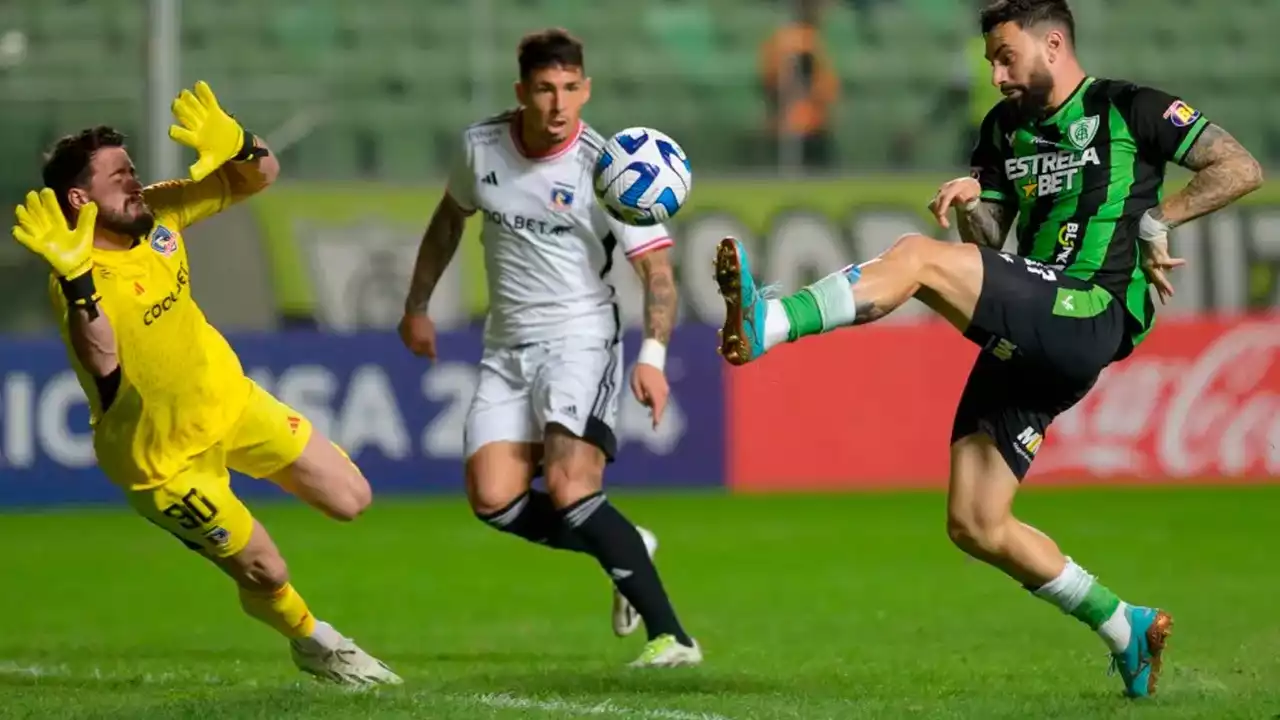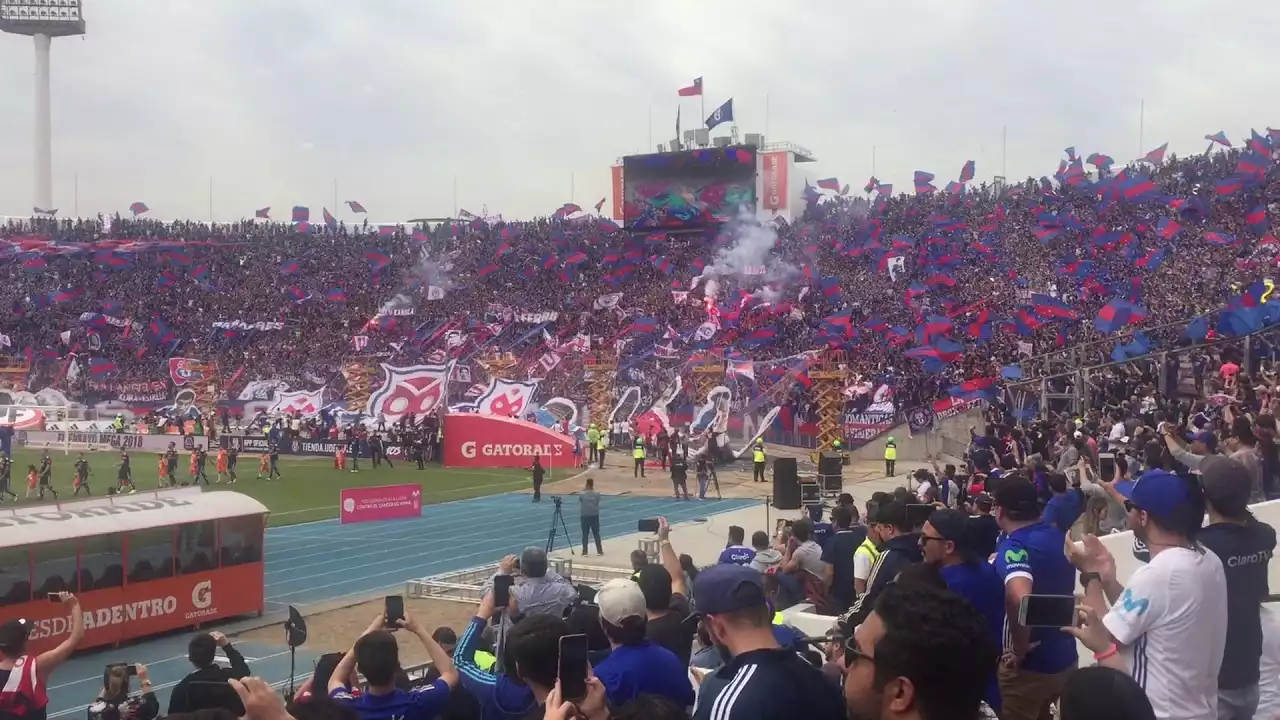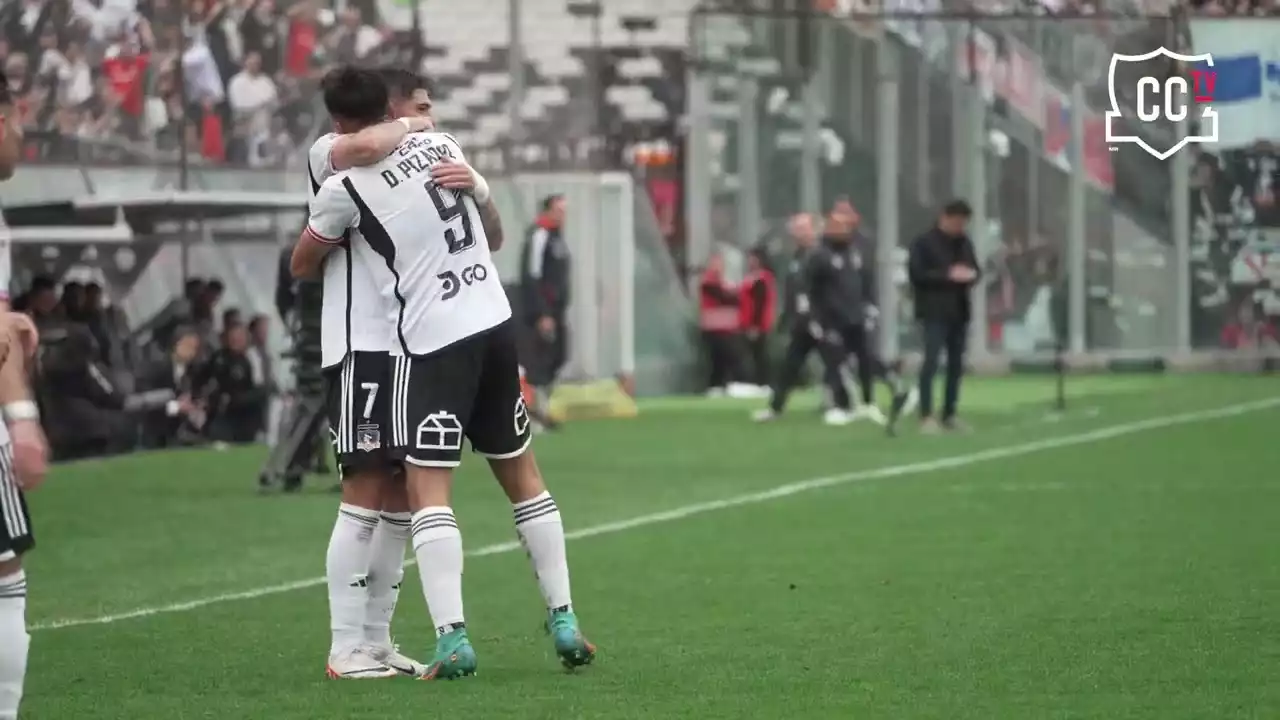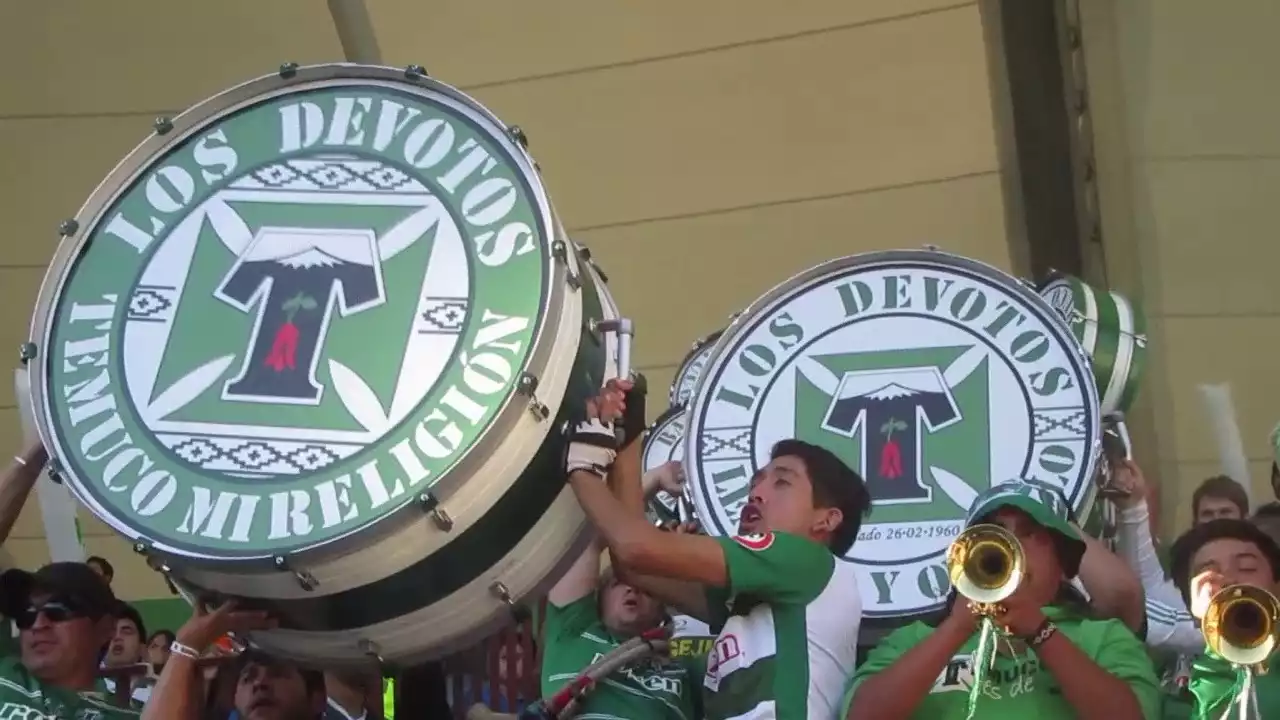History and Origins of Colo-Colo
Colo-Colo's story begins in 1925 when a group of ambitious football enthusiasts came together to form a new club. Inspired by the spirit of independence and the Mapuche warrior Colo-Colo, they sought to create a team that would represent the strength and determination of the Chilean people.
From humble beginnings, Colo-Colo quickly rose through the ranks, establishing themselves as a force to be reckoned with in Chilean football. In their inaugural season, they clinched the league title, setting the stage for a legacy of triumph that would span decades.
The club's early success can be attributed to their innovative approach to the game. They introduced new training methods, embraced modern tactics, and prioritized the development of young talent. These forward-thinking strategies set them apart from their competitors and laid the foundation for their future dominance.
Colo-Colo's commitment to excellence paid off, as they continued to dominate the domestic scene throughout the 1930s and 1940s. Their success on the field earned them a loyal fan base and solidified their position as one of Chile's most beloved clubs.
Major Achievements and Honors of Colo-Colo
Colo-Colo's trophy cabinet is a testament to their unrivaled success. With 32 Chilean Primera División championships to their name, they hold the record for the most league titles in Chilean football history. Their dominance in domestic competitions is a true testament to the strength and consistency of the club.
In addition to their domestic success, Colo-Colo has also made their mark on the international stage. They were the first Chilean team to win the prestigious Copa Libertadores in 1991, securing their place in South American football history. This triumph was a defining moment for Colo-Colo and solidified their reputation as a powerhouse in the region.
Colo-Colo's success has not been limited to the club level. They have produced a number of players who have gone on to achieve greatness on the international stage. From legendary goalkeeper Claudio Bravo to midfield maestro Arturo Vidal, Colo-Colo has nurtured some of Chile's finest talents, who have represented their country with pride and distinction.
Iconic Players Who Have Represented Colo-Colo
Colo-Colo's success can be attributed, in large part, to the exceptional talent that has graced their ranks over the years. The club has been home to some of Chile's greatest footballers, who have left an indelible mark on the history of the sport.
One such player is Carlos Caszely, often regarded as Colo-Colo's greatest ever player. Caszely's skill, agility, and goal-scoring prowess made him a force to be reckoned with on the pitch. He played a key role in Colo-Colo's success in the 1970s, helping the club secure multiple league titles and establishing himself as a national icon.
Another Colo-Colo legend is Marcelo Barticciotto, a gifted forward known for his technical brilliance and ability to unlock defenses. Barticciotto's time at Colo-Colo coincided with a period of sustained success for the club, as they dominated Chilean football in the 1990s. His contributions on the field and his leadership off it cemented his status as one of Colo-Colo's all-time greats.
Colo-Colo's Impact on Chilean Football
Colo-Colo's influence on Chilean football extends far beyond their success on the pitch. The club has played a pivotal role in shaping the development of the sport in the country and has been instrumental in raising the overall standard of play.
One of Colo-Colo's most significant contributions is their commitment to youth development. The club has invested heavily in its academy, providing aspiring young players with top-notch facilities and expert coaching. This focus on nurturing young talent has not only benefited Colo-Colo but has also had a positive impact on the national team, with many academy graduates going on to represent Chile at the highest level.
Colo-Colo's success has also inspired other clubs in Chile to raise their game. Their sustained dominance has forced their rivals to improve and innovate in order to compete. This healthy competition has ultimately raised the overall level of play in Chilean football, benefiting the sport as a whole.
Colo-Colo's Rivalries and Key Matches
No discussion of Colo-Colo's legacy would be complete without mentioning their fierce rivalries and the key matches that have defined their history. The most notable rivalry is with Universidad de Chile, known as the "Superclásico." Whenever these two teams meet, the atmosphere is electric, and the stakes are high. The intensity of this rivalry has produced some of the most memorable matches in Chilean football history.
One particularly significant match took place in 1991 when Colo-Colo faced Club Olimpia in the Copa Libertadores final. The match went down in history as one of the most thrilling and closely contested finals in the tournament's history. Colo-Colo emerged victorious, securing their first-ever Copa Libertadores title and etching their name in the annals of South American football.
Colo-Colo's Influence on Youth Development and Grassroots Football
Colo-Colo's commitment to youth development extends beyond their own academy. The club actively engages with local communities, organizing grassroots initiatives and programs aimed at nurturing talent at the grassroots level. By reaching out to young players from diverse backgrounds, Colo-Colo has created opportunities for aspiring footballers who may not have had access to structured training and development.
These grassroots initiatives have not only helped identify and develop talented players but have also had a positive impact on the social fabric of the communities they serve. By promoting inclusivity and providing a platform for young people to express themselves through football, Colo-Colo has become a catalyst for positive change in Chile.
The Importance of Colo-Colo in Chilean Culture and Society
Colo-Colo's significance extends beyond the realm of football. The club holds a special place in the hearts of Chileans and has become an integral part of the country's cultural fabric. The Colo-Colo jersey is worn with pride by fans across the nation, and the club's victories are celebrated as national triumphs.
Colo-Colo's success has also had a unifying effect on Chilean society. In a country with a complex history, the club's achievements have brought people together, transcending social and political divisions. Colo-Colo has become a symbol of national pride and a source of inspiration for generations of Chileans.
Colo-Colo's Current State and Future Prospects
As with any club, Colo-Colo has faced its fair share of challenges in recent years. A period of transition and rebuilding has seen them face some setbacks on the field. However, the club's resilience and determination remain unwavering.
Colo-Colo is currently undergoing a restructuring process, aiming to strengthen their squad and build a foundation for future success. With a renewed focus on youth development, strategic player acquisitions, and tactical innovation, the club is positioning itself for a return to glory.
The future prospects for Colo-Colo remain promising. With a rich history and a loyal fan base, the club has a solid foundation to build upon. Given their legacy of triumph and their commitment to excellence, it is only a matter of time before Colo-Colo reemerges as a dominant force in Chilean football.
Colo-Colo's journey from humble beginnings to becoming a powerhouse in Chilean football is a testament to their resilience, ambition, and unwavering determination. The club's commitment to excellence has not only resulted in numerous national and international titles but has also left an indelible mark on the sport and society as a whole.
Colo-Colo's pioneering spirit, coupled with their impact on youth development and grassroots football, ensures that their legacy will continue for generations to come. As they navigate the challenges of the present and future, Colo-Colo remains a symbol of triumph and a beacon of inspiration for football enthusiasts around the world.










